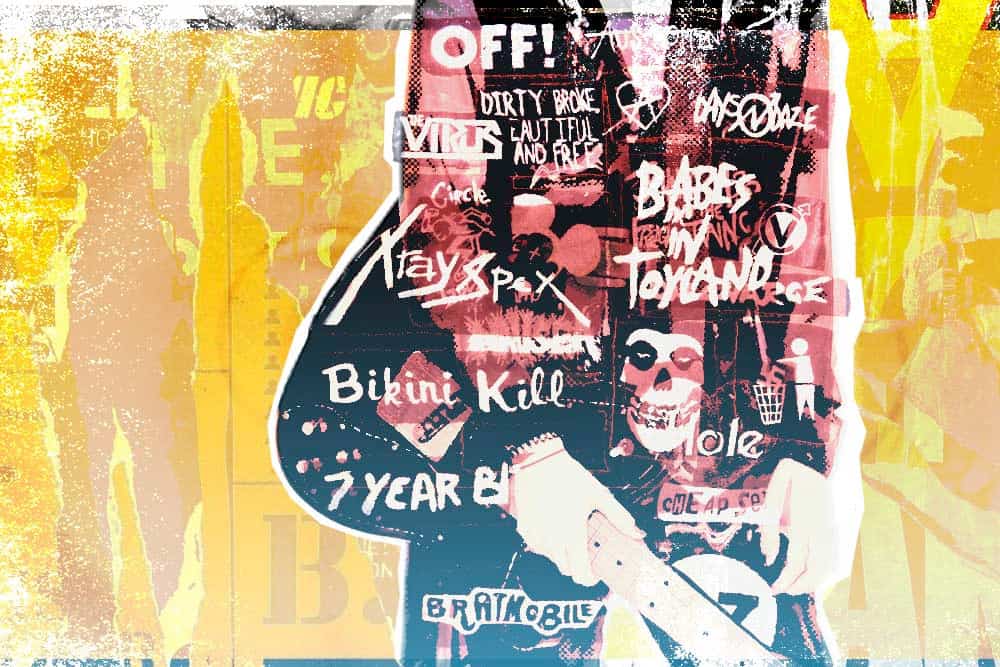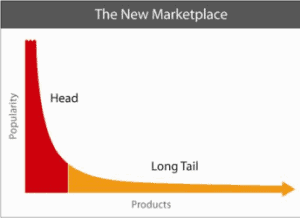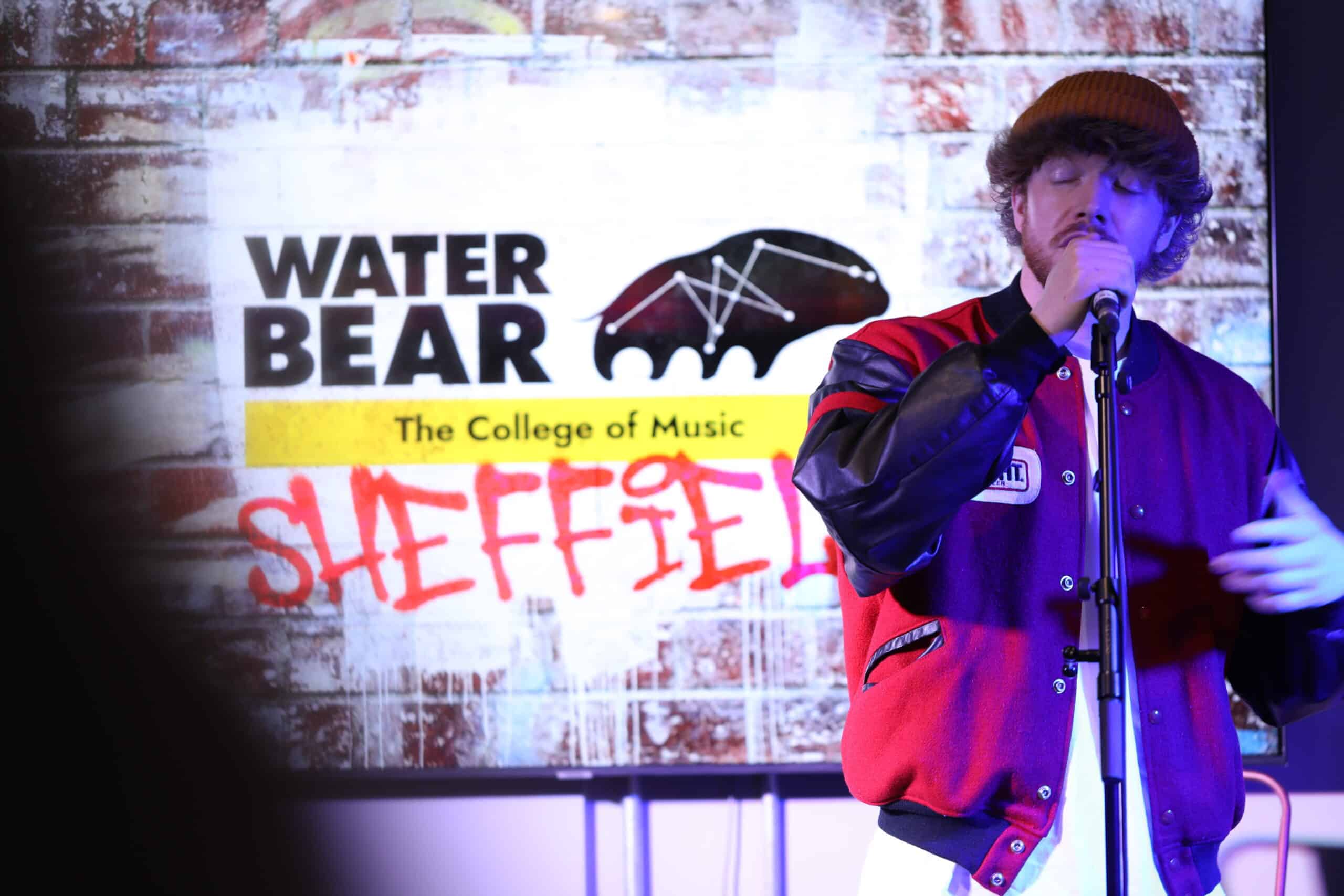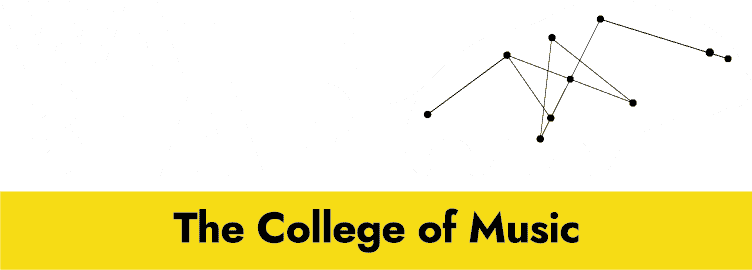JOIN US SEPTEMBER 2024 - APPLY TODAY OR BOOK YOUR PLACE ON ONE OF OUR OPEN DAYS IN BRIGHTON OR SHEFFIELD. UCAS CLEARING IS NOW OPEN.
JOIN US SEPTEMBER 2024 - APPLY TODAY OR BOOK YOUR PLACE ON ONE OF OUR OPEN DAYS IN BRIGHTON OR SHEFFIELD. UCAS CLEARING IS NOW OPEN.

It's far too easy now to simply say 'the Internet has had a sizeable effect on the music industry'. It's the start to most music business essays, but at the same time it's 20+ years since the Internet first began… so why haven't we moved on? Many might say it's possibly because the pre-internet industry set up a framework for monetization that doesn't fit into the post-internet world. As Terry McBride & Brent Muhle identified in the 'Meet the Millenials' report, commissioned by MusicTank in 2008:
"What must be self-evident, is that technology is not going to wait for the legal definitions of real estate-based property rights to evolve every 100 years, while itself leaping forward every two."
With direct reference to the collision between the cumbersome 'Copyright Designs and Patents Act 1988' (the date alone should ring alarm bells!), and Moore's Law, which tells us that "the number of transistors in a dense integrated circuit doubles about every two years" (Moore. 2016).
Similarly, as the customer base for music became more digitally savvy and access to media became available at our fingertips, the underpinning principles that founded the music industry became challenged. Ultimately the assignment and resulting exploitation of the intellectual property model, that had evolved since recorded music first developed as a mass selling commodity, was under threat from a generational change that learned to expect it for free. Or as close to it as possible.
Chris Anderson (2006) had anticipated the market shift in two seminal texts ('The Long Tail' in 2006 and 'Free' in 2008) where he outlined the shift in the marketplace away from The Pareto Principle - also known as the 80/20 rule, the law of the vital few, or the principle of factor sparsity.
The principle states that, for many events, roughly 80% of the effects come from 20% of the causes. In music industry terms that meant 80% of the sales came from 20% of the product - a culture of 'hits' monopolised by major record labels.
The tastemakers decided what the public consumed as they had control of the defined marketplace in which we bought it (record shops!). This was all shattered by the new Internet retail spaces of Amazon, Apple and the rest that followed. Anderson (2006) skilfully predicted the new marketplace, the changing rules and ultimately the new infrastructure. He outlines a number of key themes (keep in mind this is in 2006!)
The main change observed is the shift in power from the traditional gatekeepers towards the new retailers. Ultimately the impact on the music industry was profound.

Source: Anderson 2009
This change in the marketplace impacted on business models across the whole industry. We will explore the major record labels reaction to the environment in a later blog. But for the self-releasing musician this change brought about a new-found freedom. If we explore some of Anderson's (2006) key themes from the perspective of the DIY artist, they begin to look quite interesting.
The industry led us to believe that the reduction in income was down to piracy alone, but what we were actually seeing was a levelling of the playing field. As a touring and releasing artist I used to sell albums for £15.99! Why? Because the falsely propped up marketplace enabled it. Scarcity models and the law of 'supply and demand' meant that we could charge that. So we did! The average unit price (retail) has more than halved over the last 20 years. Not because of piracy (although this is a contributing factor undoubtedly) but because the democracy in the marketplace meant that the price reduced to a realistic level.

Source: ERA 2010
So, whilst consumption grew through numerous emerging platforms, the net revenue per artist was hugely impacted by these factors; a) Reduced unit price b) Competition in the marketplace and c) The loss of the monopoly strangle hold enjoyed for so many years by the major rights holders.
The figures above demonstrate the change in marketplace. Consumption increased and, as the industry worked out how to monetise this new environment, so did revenue.
Spotify alone has an estimated 50 million tracks (Business of apps, 2020) and it is important to note that every one of these tracks will have enjoyed at least one stream as a minimum, even if that's just by the artist them self... or their mum. The Long Tail model is such that the revenue for the labels and DSPs sits in the millions of streams… not so for the self-releasing artist.
We need to understand how this applies to us as self-releasing artists. Lots of streams multiplied by lots of tracks works for Spotify and the DSPs… it also works for the major rights holders who own 87% of the content on Spotify (Business of apps, 2020). But it does not work for the self-releasing artist with smaller reach.
In 2008 Kevin Kelly wrote, and modelled, the 1000 true fans concept and published it in the Techium Blog. Here he discusses a hypothetical concept that if we, as artists, can get 1000 people to invest an 'average weekly wage' in us as artists yearly there is a new business model that will emerge i.e. 1000 x £585 (ONS 2020) = £585,000 potential yearly gross income. Whilst this appears daunting, we need to understand it is theoretical and a model. The reality is in the concept Kelly states in his article:
"To raise your sales out of the flatline of the long tail you need to connect with your True Fans directly. Another way to state this is, you need to convert a thousand Lesser Fans into a thousand True Fans."
What we need to do as artists, and managers, is ensure that we connect with our small fanbase and treat them well. This, in turn, means that they will reciprocate our investment in them and look to buy more across a wider range of products. Streams on DSPs need only be one part of the equation.
With the majority of content on DSPs now owned by major labels (80% of editorial playlist content is from major labels) the chances of us gaining editorial playlist and therefore leading to the 'big' numbers is remote. I'm not suggesting for one minute here that we shouldn't play the game of improving our profile and visibility to promote playlisting chances, however the prudent way is to see our streaming profile as a discovery platform. This is where customers can become fans and ultimately invest in us via our full range of products.
Reinvest in your website: Create an interesting and engaging place to talk to your fans free of Facebook ads and algorithmic posts. You are in control of this domain and can have it look and feel how you want and engage people in you.
Start a mailing list: Providers like Mailchimp will allow you to create databases of fans that you can mail with early offers and unique purchases… you can even send them some free stuff occasionally. You will be amazed how quickly you start to see this activity grow. Artists I work with see 70% opens and 65% click throughs on mailing list content which is way above the hit rate from any social network site.
Sell D2C (Direct to Customer): That album you made that went to Spotify for £0.004p per track streamed has greater value. Wrap it up nicely (artwork) then sign it. Let your True fans have it for £10. Trust me they will buy it. They will buy vinyl also buy hats; badges; postcards; and anything else you can think of.
All of a sudden, if we use Kelly's model, the match starts to look a little more realistic:
100 fans x £20 spend each on product = £2000. It soon adds up!
Give it a try... you will be amazed!
If you interested in learning more and are serious about progressing in your career as a musician, Order a Prospectus or Apply Now.

- ‘Water bear’ is the common name for a Tardigrade.
- Tardigrades are micro creatures, found everywhere on earth.
- They are the most resilient creatures known.
- They can survive and adapt to their surroundings, even in outer space.
- Their resilience and ability to adapt and survive inspires us in everything we do. We love them.


WaterBear Education Ltd, Hanover House,
118 Queens Road, Brighton BN1 3XG, UK Map
Email: [email protected]
Tel: +44 (0) 1273 726230
WaterBear Sheffield, Unit 4, Gatecrasher,
49 Eyre Lane, Sheffield S1 4RB, UK
Email: [email protected]
Tel: +44 (0) 1143 992720

WaterBear Education Ltd, Hanover House,
118 Queens Road, Brighton BN1 3XG, UK Map
Email: [email protected]
Tel: +44 (0) 1273 726230
WaterBear Sheffield, Unit 4, Gatecrasher,
49 Eyre Lane, Sheffield S1 4RB, UK
Email: [email protected]
Tel: +44 (0) 1143 992720
- ‘Water bear’ is the common name for a Tardigrade.
- Tardigrades are micro creatures, found everywhere on earth.
- They are the most resilient creatures known.
- They can survive and adapt to their surroundings, even in outer space.
- Their resilience and ability to adapt and survive inspires us in everything we do. We love them.
